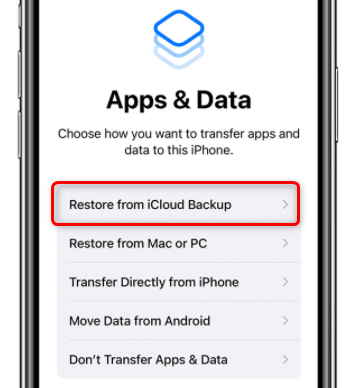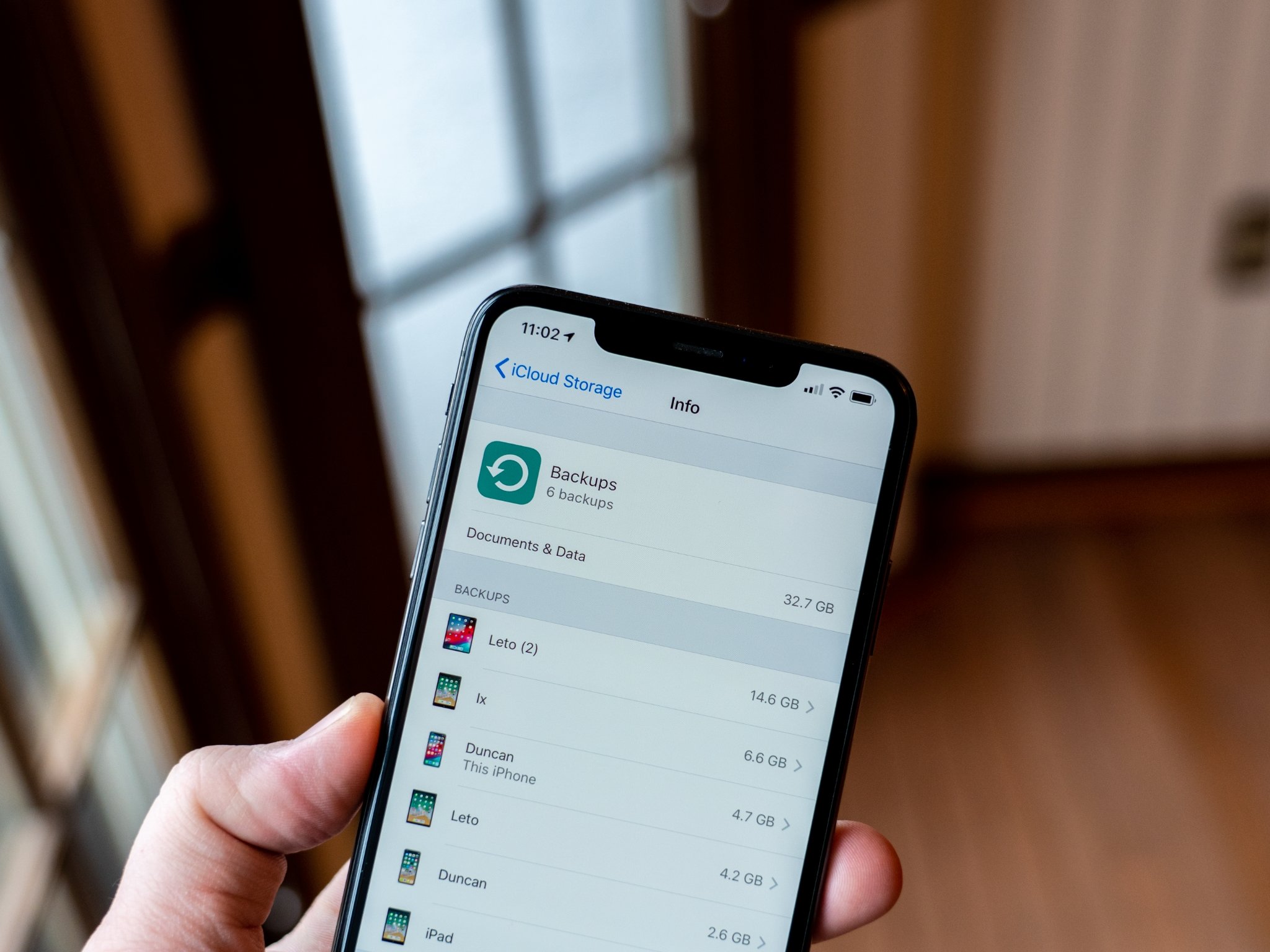


#How to backup iphone to icloud all data manual#
The two aren’t exclusive, as you can create an automatic backup and still run a manual one when needed, for example, before you make any major changes on your phone. Whether you use iTunes, Finder, or your iPhone directly, you can run a backup manually or set it to run automatically. You might then supplement the iCloud backup with a local backup whenever you’re in front of your PC. You may want to rely on an iCloud backup if you’re traveling or away from your computer. Of course, you can run separate backups using iCloud and your local computer.

It excludes the following items:Ĭontent from the iTunes and App Stores.PDFs downloaded directly via Apple Books.Content synced from Finder or iTunes, such as imported MP3s or CDs, videos, books, and photos.Data already stored in iCloud.Face ID or Touch ID settings.Apple Pay information and settings.Apple Mail data.Activity, Health, and Keychain data (if the backup is not password protected). Backing up to your computer includes almost all your phone’s data and settings. But you risk losing the backup should your PC ever crash or become inaccessible. You run the local backup from iTunes in Windows or from Finder on a Mac. As such, storage shouldn’t be an issue as long as you have enough disk space. Backing up locallyĬhoosing a local backup stores the backed-up data on your computer’s hard drive.
#How to backup iphone to icloud all data how to#
© Lance Whitney How to back up your iPhoneīacking up your phone to iCloud includes the following data and files:Īpp dataApple Watch backupsDevice settingsHome screen and app organizationiMessage texts, SMS messages, and MMS messagesPhotos and videosPurchase history from Apple services, such as your music, movies, TV shows, apps, and books.RingtonesVisual Voicemail password (requires the SIM card in use during the backup)Īn iCloud backup excludes the following items:ĭata already being synced and stored in iCloud, including Contacts, Calendars, Notes, Photos, iMessages, SMS and MMS messages, Voice Memos, and Health data.Data stored in other cloud services, such as Gmail email.Apple Mail data.Apple Pay information and settings.Face ID or Touch ID settings.iCloud Music Library and App Store content.


 0 kommentar(er)
0 kommentar(er)
